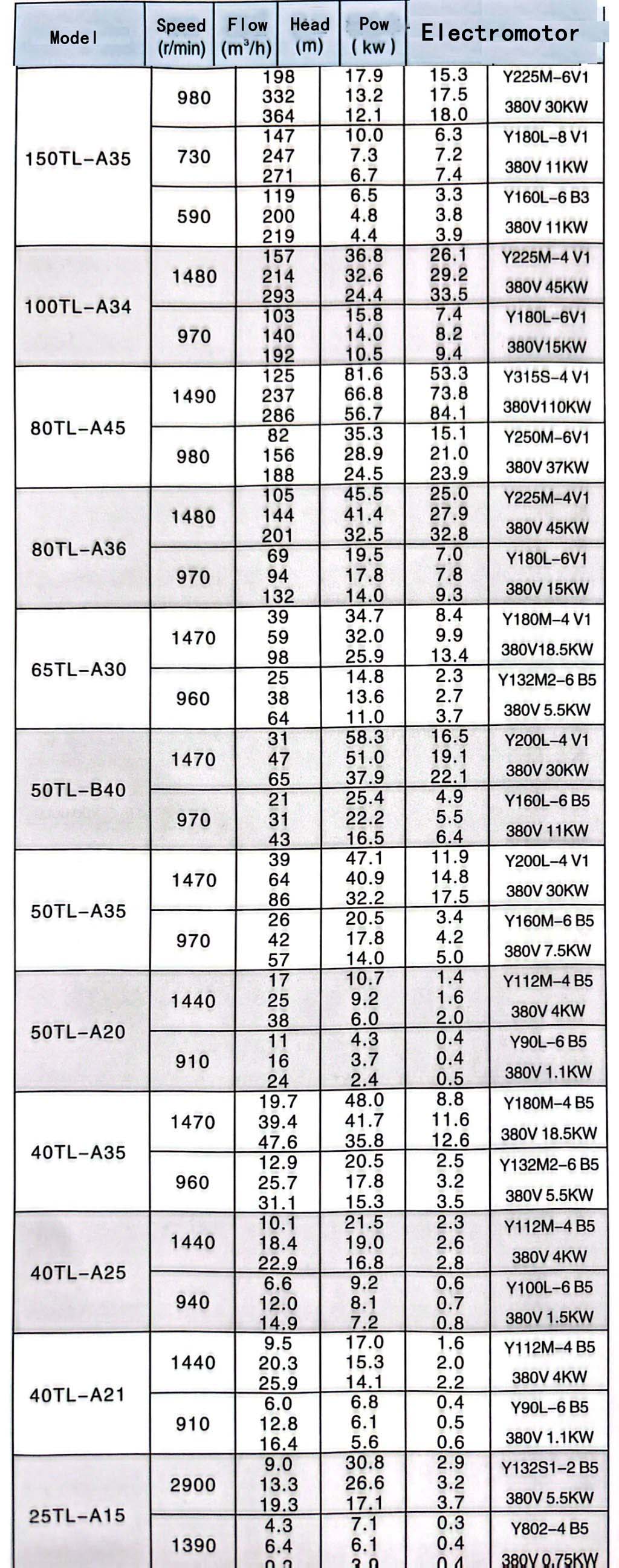English
- Afrikaans
- Albanian
- Amharic
- Arabic
- Armenian
- Azerbaijani
- Basque
- Belarusian
- Bengali
- Bosnian
- Bulgarian
- Catalan
- Cebuano
- Corsican
- Croatian
- Czech
- Danish
- Dutch
- English
- Esperanto
- Estonian
- Finnish
- French
- Frisian
- Galician
- Georgian
- German
- Greek
- Gujarati
- Haitian Creole
- hausa
- hawaiian
- Hebrew
- Hindi
- Miao
- Hungarian
- Icelandic
- igbo
- Indonesian
- irish
- Italian
- Japanese
- Javanese
- Kannada
- kazakh
- Khmer
- Rwandese
- Korean
- Kurdish
- Kyrgyz
- Lao
- Latin
- Latvian
- Lithuanian
- Luxembourgish
- Macedonian
- Malgashi
- Malay
- Malayalam
- Maltese
- Maori
- Marathi
- Mongolian
- Myanmar
- Nepali
- Norwegian
- Norwegian
- Occitan
- Pashto
- Persian
- Polish
- Portuguese
- Punjabi
- Romanian
- Russian
- Samoan
- Scottish Gaelic
- Serbian
- Sesotho
- Shona
- Sindhi
- Sinhala
- Slovak
- Slovenian
- Somali
- Spanish
- Sundanese
- Swahili
- Swedish
- Tagalog
- Tajik
- Tamil
- Tatar
- Telugu
- Thai
- Turkish
- Turkmen
- Ukrainian
- Urdu
- Uighur
- Uzbek
- Vietnamese
- Welsh
- Bantu
- Yiddish
- Yoruba
- Zulu
Telephone: +86 13120555503
Email: frank@cypump.com
Oct . 09, 2024 04:43 Back to list
Different Varieties of Slurry Pumps and Their Applications
Types of Slurry Pumps
Slurry pumps are essential in various industries such as mining, construction, and wastewater treatment due to their capability to transport abrasive and viscous mixtures. Understanding the different types of slurry pumps helps in choosing the right one for specific applications. Here, we discuss the principal types of slurry pumps and their features.
1. Centrifugal Slurry Pumps
Centrifugal slurry pumps are one of the most common types used in various industries. They operate on the centrifugal force principle, where the rotating impeller accelerates the slurry and converts kinetic energy into pressure. These pumps are ideal for transporting low to medium concentration slurries. They can handle highly abrasive materials and are designed for efficiency and reduced wear. However, they are less effective for very thick slurries, which may require additional energy to pump.
2
. Positive Displacement Slurry PumpsUnlike centrifugal pumps, positive displacement slurry pumps move fluid by trapping a fixed amount of slurry and forcing it into the discharge pipe. These pumps are known for their ability to handle high viscosity slurries and deliver a consistent flow rate regardless of pressure changes. There are two main types of positive displacement pumps rotary and reciprocating. Rotary pumps, such as gear and screw pumps, are particularly efficient in moving thick slurries, while reciprocating pumps can exert high pressure, making them suitable for applications requiring precise flow control.
types of slurry pumps

3. Submersible Slurry Pumps
Submersible slurry pumps are designed to operate while submerged in the liquid being pumped. They are particularly useful in applications involving deep pits or tanks, such as mining and dewatering operations. These pumps are typically versatile, able to handle a variety of slurry compositions, including those with high solids content. The submersible design eliminates the need for suction hoses, reducing the risk of air leaks and allowing for smoother operation.
4. Vertical Slurry Pumps
Vertical slurry pumps are installed in a vertical position, allowing them to handle slurries with a higher density and solid content. They are commonly used in applications for transporting slurry from sumps or pits to higher elevations. Vertical pumps can achieve significant depths and are often used in mining, where space is limited. Their design minimizes the risk of cavitation, improving efficiency and longevity.
Conclusion
Choosing the right type of slurry pump depends on several factors, including the nature of the slurry, the specific application, and the required flow rate and pressure. By understanding the differences between centrifugal, positive displacement, submersible, and vertical slurry pumps, industries can make informed decisions that enhance operational efficiency and reduce maintenance costs. Each type of pump has its distinct advantages, and selecting the appropriate one is crucial for successful slurry transportation.
-
Horizontal Split Case Pump with GPT-4 Turbo | High Efficiency
NewsAug.01,2025
-
ISG Series Pipeline Pump - Chi Yuan Pumps | High Efficiency, Durable Design
NewsAug.01,2025
-
Advanced Flue Gas Desulfurization Pump with GPT-4 Turbo | Durable & Efficient
NewsJul.31,2025
-
ISG Series Vertical Pipeline Pump - Chi Yuan Pumps | Advanced Hydraulic Design&Durable Construction
NewsJul.31,2025
-
ISG Series Vertical Pipeline Pump - Chi Yuan Pumps | Energy Efficient & Low Noise
NewsJul.31,2025
-
pipeline pump - Chi Yuan Pumps Co., LTD.|High Efficiency&Low Noise
NewsJul.31,2025










